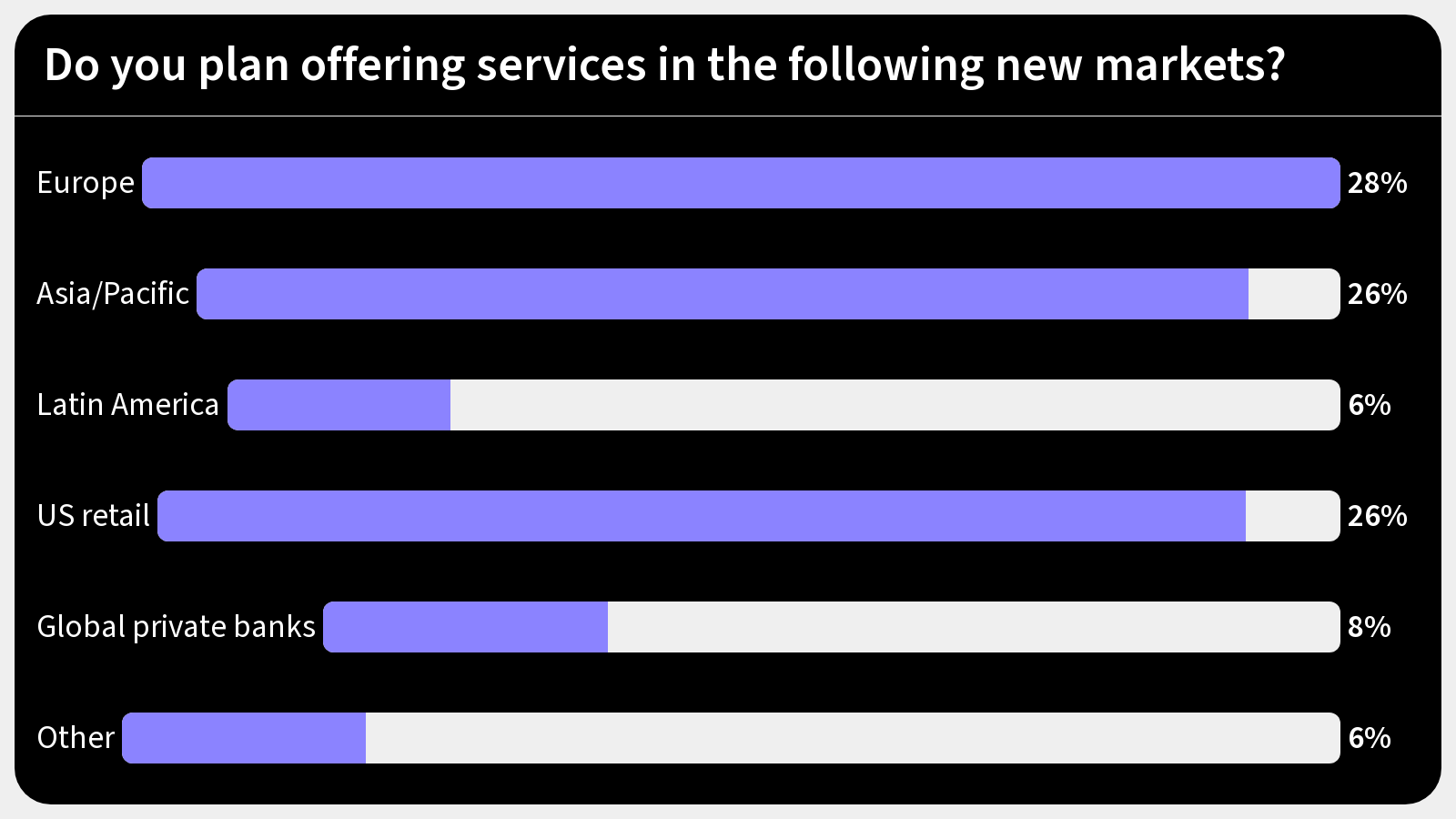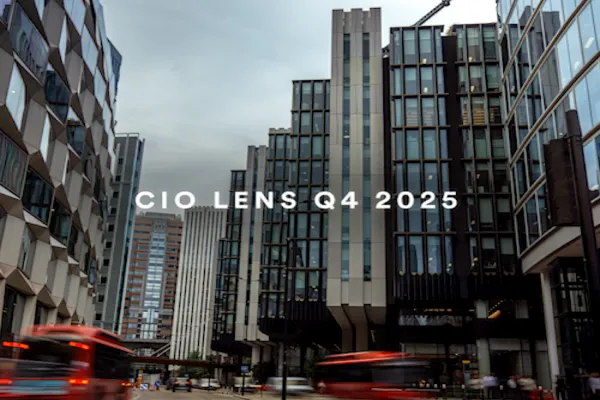As we frequently bring together the world’s most influential financial decision makers, we often gain insights into some of the strategic considerations shaping the financial landscape. These insights, largely taken from our proprietary member events, encompass wide swaths of the industry, from data-driven decision-making to the products asset managers have prioritized in the last five years.
One of our events, US Institute’s CIO Roundtable, was no exception, bringing together the chief investment officers from some of the leading firms in the industry. During the event, attendees were polled on their decisions regarding key product shifts in asset management. The results reflect answers given during the February 2025 event. Although these decisions are based on a five-year look-back period, we would be remiss not to acknowledge that the economic landscape – and investor preferences – may have shifted since then.

New polling data from the event suggests a significant evolution in the product strategies of asset managers over the past five years, highlighting a clear pivot toward alternatives and more flexible investment vehicles.
According to responses gathered from senior leaders at the Roundtable, the most frequently added products have been alternatives and private assets, with 43% of respondents indicating these as new additions to their firms’ offerings. This trend reinforces a broader industry movement toward less traditional asset classes, often driven by investor demand for higher returns, portfolio diversification, and protection against public market volatility.
Exchange-traded funds (ETFs) came in as the second most added product, with 23% of respondents noting their inclusion. ETFs have grown significantly in both breadth and functionality, offering cost-effective and liquid access to a wide variety of exposures. Their continued rise could signal a strong demand for transparent, scalable investment solutions that work well in both retail and institutional models.
There are several possibilities as to why managers were, and continue to be, so interested in this asset class. Five years ago, when global markets were entrenched in pandemic-fueled volatility, interest in alternative assets surged. Despite a dramatic initial downturn at the onset of the COVD-19 pandemic, markets quickly rebounded and posted strong gains for the remainder of 2020. This rally also benefitted alternative investments. Interest in the asset class was driven by a desire for diversification, higher returns, and protection against public market swings. The trend was particularly pronounced until 2022, as investors sought assets like private equity and real assets. The surge was further supported by the strong performance of leading funds, helping the share of alternatives in the total asset universe reach a record high of 15.5%1 in 2022. However, by 2023, the demand for alternatives decreased, with its share reduced to 14.9% as performance lagged relative to public markets. Broad market volatility and changes in interest rates impacted both private equity and other asset classes, softening investor appetite. Still, demand for private assets remains historically elevated - after all, since 2000, private equity has outpaced the S&P 500.
It is important to recognize that the breadth and sophistication of the alternative asset universe has grown greatly over the last 25 years. This might help explain the recent dip in share but the overall resilience of the category –may also shed light on why CIOs chose to prioritize the asset class five years prior.
ETFs also accounted for a mentionable share (23%) of the interest five years ago, which as an asset class overall, has also undergone a significant evolution. The rise of actively managed ETFs has allowed institutional investors to personalize and access more markets within custom model portfolios and deliver tailored solutions to their clients, without compromising liquidity.
Overall, these findings may point to an asset management industry in transition – one that is prioritizing customization, liquidity, and diversification. The pronounced focus on private markets and ETFs suggests that firms are building product lineups designed to better meet the evolving expectations of today’s investors, both institutional and individual. As these preferences continue to shift, firms that adapt quickly will be best positioned for long-term growth, and we will be watching to see how these decisions from years past develop towards the future.
For more insights and to reach our Thought Leadership department, click here.
¹J.P. Morgan. (n.d.). Alternative investments: Private markets are going mainstream. J.P. Morgan. https://www.jpmorgan.com/insights/global-research/investing/alternative-investments
Market Intelligence Is Independent of the Institutional Investor Magazine Newsroom






